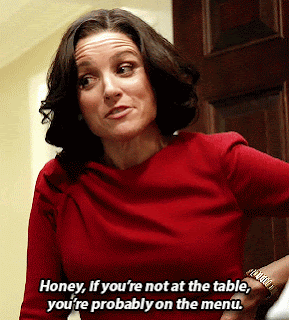 |
| Photo from Pexels |
Writing features and writing creative ledes has always been one of my favorite parts of news writing. I have always enjoyed telling the specific stories of people, places or things in a way that moves the reader and takes them there.
For this assignment, I decided to write a feature over an interesting campus personality. For me, that person is my Choctaw College and Career Resources Adviser, Hannah Blackwell. Hannah is a doctoral student in addition to being this full-time representative of the Choctaw Nation. She always has a million things to do, yet she does an amazing job of helping Choctaw student succeed. She and I have so much in common, like being from a rural part of the Choctaw Nation. I think she is one of the most interesting people on campus, and she plays such a vital role for Choctaw students.
To begin, I decided who to interview. I know I wanted to interview Hannah for sure. I then decided I wanted someone who works with Hannah and a student whose life Hannah has influenced through her work. I chose the OU Tribal Liaison Warren Queton and criminology student Samantha Manuel. I then began scheduling the interviews.
Because of scheduling and conflicts, I interviewed Warren Queton first. I drafted my questions and made an appointment to interview him. I recorded the interview and got some very good information and quotes.
I repeated the process for Hannah and Samantha Manuel. With all this information, I began the process of writing the feature. I began the feature by talking about Hannah's office in Copeland Hall. I transitioned into referring to it as a command center with Hannah at the helm. From there, I began to discuss what makes Hannah so interesting.
Writing features will definitely be a high point for me as a part of my future career as a public relations practitioner. I feel that I am better at writing poignant, fun pieces about people, places and things. It's not as restrictive as standard journalistic writing. In my opinion, it allows one to really explore the subject matter.
As public relations practitioners, we will have to write plenty of features, especially over products. It is very handy to know the different strategies to approach features so we can make them creative and fun.
I would like to know more about how I can smoothly integrate more description into my writing. I feel that it's descriptive as it is, but I think I could get more from it.
Being able to write features will help our publics get to know people within our organizations, the places associated with them and the products and services they can deliver. It is important that we capture this skill and make good use of it. If not, our publics may never get to know the more personal, human side of our organizations.



















